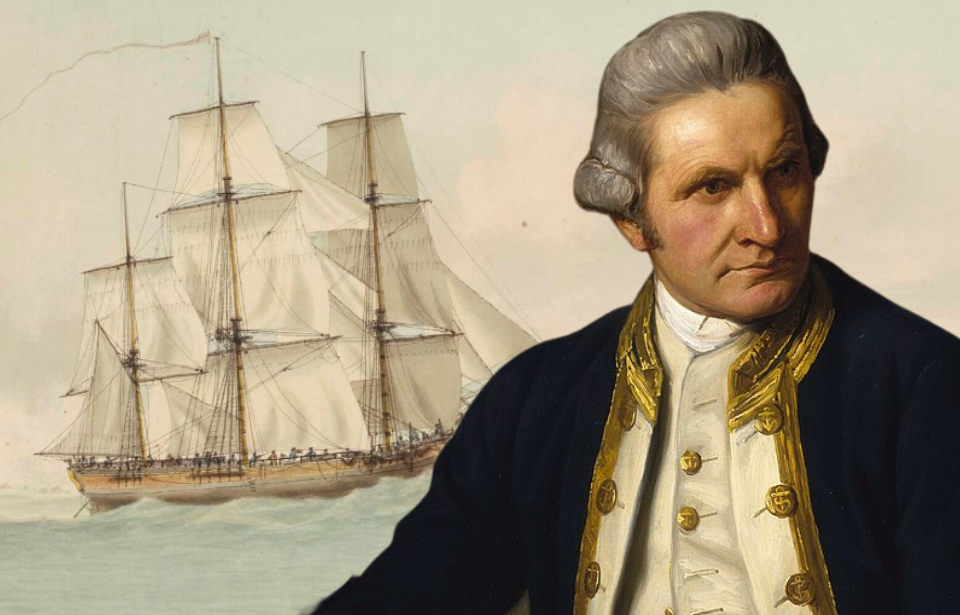In 1778, the ship of one of the most celebrated explorers in the modern world was sunk off the coast of Rhode Island. The HMS Endeavour, under the command of Capt. James Cook, has become the subject of lore in both maritime and wartime history, as her wreck has never been located. However, the Australian National Maritime Museum claims to have found the vessel, and it cites recent discoveries as proof.
HMS Endeavour
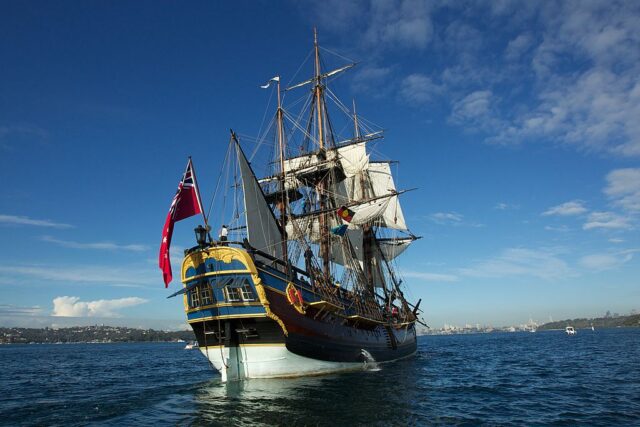
Constructed of oak and pine in the north of England, the HMS Endeavour sailed the high seas for just over six years before she was lost during the American Revolution. Between 1768-71, the vessel, with Capt. James Cook at the helm, transited across the Pacific, with the aim of the first voyage being to record the journey of Venus over Tahiti.
In April 1770, Endeavour became the first European ship to reach Australia, after which she narrowly avoided sinking when she sailed over the Great Barrier Reef. After necessary repairs to her hull, the vessel continued her journey, before arriving back in England, where her exploits were largely forgotten. Over the next three years, she was largely used to transport cargo and lumber.
Upon the outbreak of the US Revolutionary War, Endeavour was repurposed for use by the Royal Navy. Having been renamed the Lord Sandwich by this point, she was among the vessels tasked with holding American prisoners. In August 1778, she, along with the Earl of Orford, Mayflower, Peggy and Yowart, were scuttled off the coast of Rhode Island to form a blockade against incoming French ships at the northern end of Newport Harbor.
Thus was the end of Endeavour‘s dedicated service.
Capt. James Cook’s voyages of the Pacific Ocean
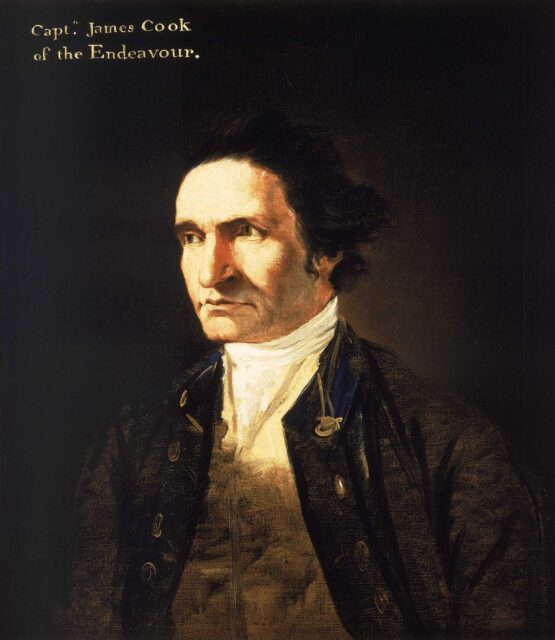
Capt. James Cook is among the most well-known explorers of the 18th century. He was known for his mapping of Newfoundland, and went on to become the first European to sail to the eastern coast of Australia and Hawaii. On top of that, he also became the first to circumnavigate New Zealand – that’s a lot of time at sea!
After serving with the Royal Navy during the Seven Years’ War, Cook knew he was destined for a life traveling the world’s oceans. He conducted three voyages of the Pacific, mapping locations that had never before been contacted by those living in Europe. He arrived in Hawaii during his third excursion in 1779 – and his encounters with the Indigenous population quickly turned sour.
While on Hawaii, Cook attempted to kidnap the area’s ruling monarch, Kalaniʻōpuʻu-a-Kaiamamao, which ultimately led to his death. After being fatally stabbed during the abduction attempt, the explorer fell face-first into the water, prompting an all-out fight between the Royal Marines and the islanders.
Locating the wreck of the HMS Endeavour
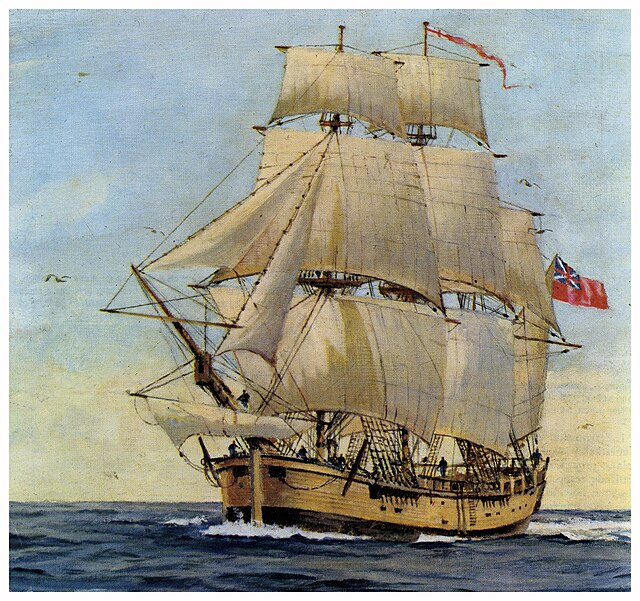
In 1993, the Rhode Island Marine Archaeology Project began to study the wrecks of the British ships scuttled in Newport Harbor, using remote sensing surveys to locate their exact locations. The following year, the initiative published historical evidence that the HMS Endeavour was among them.
After over two decades of archaeological study, in 2018, the project had managed to narrow down the search for Endeavour from 13 ships to five, with it continuing its efforts to further identify its location, in partnership with the Australian National Maritime Museum.
Four years after the first initial claim that Endeavour had been located, the museum released a statement, in which it confirmed that the wreck had been located through the study of historical records. In it, officials explained that the identification had been made by studying the ship’s timber, the wreck’s location and size, structural details, and other diagnostic clues.
However, not everyone agreed with the confirmation – including the Rhode Island Marine Archaeology Project. Dr. Kathy Abbass spoke out about the Australian National Maritime Museum’s claims, saying the identification had been “premature” and adding, “What we see on the shipwreck site under study is consistent with what might be expected of the Endeavour, but there has been no indisputable data found to prove the site is that of the iconic vessel.”
A 2023 discovery provides further evidence as to the wreck’s identity
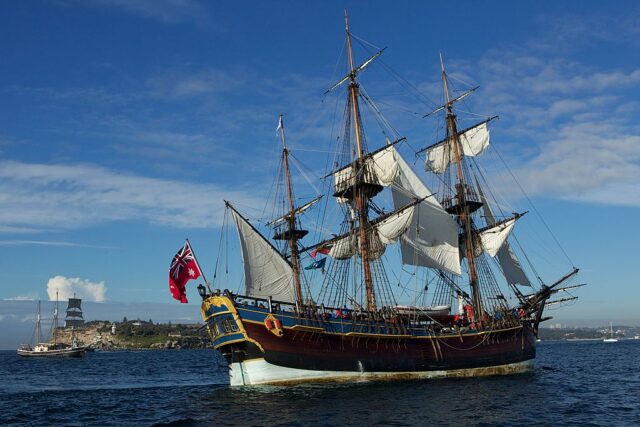
Following their 2022 claim that the wreck of the HMS Endeavour had finally been discovered off the coast of Rhode Island, the Australian National Maritime Museum revealed in November 2023 that it had uncovered additional evidence to prove that the wreck is, actually, that of Capt. James’ Cook’s famous vessel.
In a press release, the museum explained that it had come across the wreck’s pump well, as well as a keel-stem scarph joint in its bow section. The well’s location correlates to the “historic plans to the shipwreck site,” while the keel-stem scarph joint has been described as “an exact match” to the size and form of the one featured on Endeavour.
Daryl Karp AM, director and CEO of the Australian National Maritime Museum, said in the institution’s official statement, “The additional research done by our maritime archaeologists that led to the identification of the pump well, which in turn enabled clarity on the final physical position of the wreck and the keel-stem scarph joint, provides further evidence as to the identity of the wreck.”
More from us: The Tree Under Which Isaac Newton Discovered Gravity Is Still Alive and Well
Despite the museum’s claims, experts in the United States have dampened the flames, saying that, while the discoveries are “consistent with what might be expected of the Endeavour,” there isn’t enough evidence to fully support the wreck’s identity.
